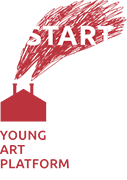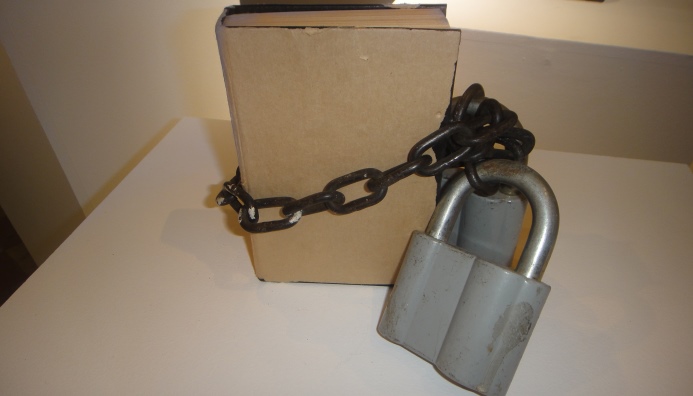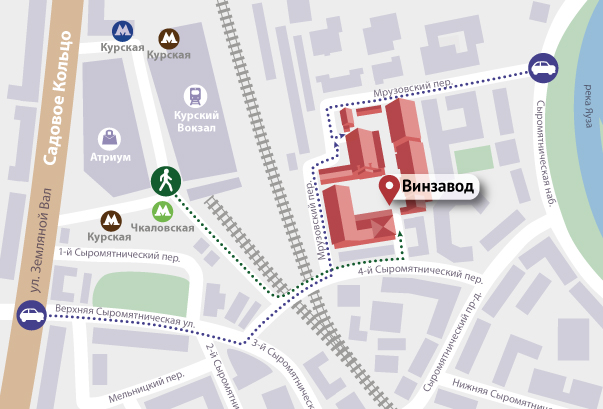27th October — 27th November ’11
How to talk about the war without appealing to the language of reportage or chronicle? How to tell about the war without any pathos, excessive spectacularity and over emotionality? In what way to convey the tragedy, not speculating on the shocking images?
The artist Aslan Gaysumov speaks about a war using the books. In the first place for Aslan books are a phenomenon of human culture, a source of knowledge and a document of history. By the books we discover our world, and like any other historical document they are creating in accordance with rules of that time and reflect its character. Ragged and jagged, without backbones and the core, with torn out pages and wounds by nails or books with clockworks — in the works of the artist books are sort of signs of cruel stories and events, witnesses and victims that they have become. Obviously for Aslan Gaysumov this is the war in Chechnya, which he had learned in 3 years. And like any war, as Susan Sontag wrote, this is ineffable experience which cannot be define by words and escape from specifications. Words cannot convey the reality of war. Therefore, while words are speachless — books start the story in Aslan Gaysumov’s installation.






Elena Yaichnikova
How to talk about the war, without resorting to the language of reportage and chronicles? How to tell about the war without the pathos, excessive entertainment and acrimony? The artist Aslan Gaisumov tells about the war with the help of books. For him, the book — is primarily a phenomenon of human culture, a source of knowledge and a historical document. Thanks to the books, we learn about the world, and like any historical document they reflect the concepts and the spirit of time.
For press